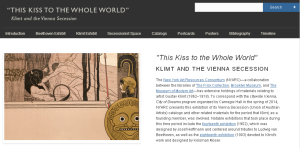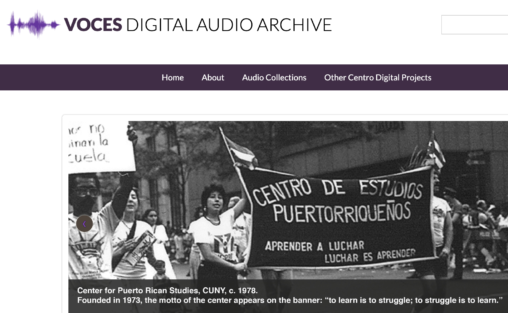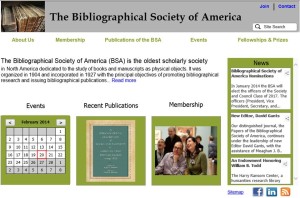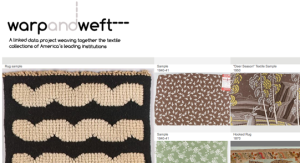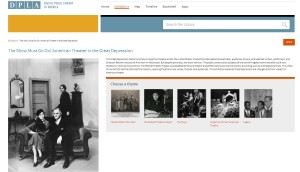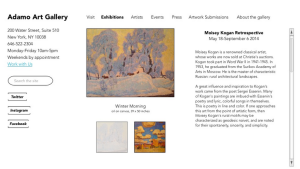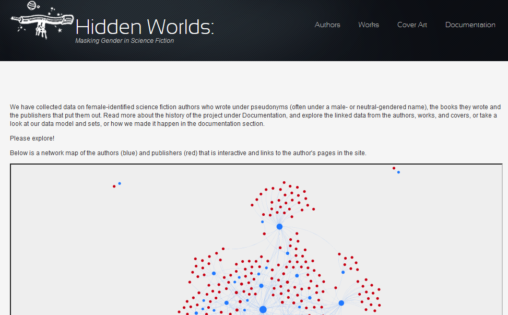Page 28 of 33
Our project is a poster about Cataloging Moving Images across time. We examine the different formats and standards used by various institutions to catalog moving images from Edison…
The selection of authors in the network is made up of fiction and poetry writers of various subdivisions. The Network of Literary Authors is derived from curated SPARQL queries for ‘influenced/influenced by’ DBpedia properties and shows color groupings representing only 19 communities based on influence connections between nearly 1000 authors.
The team worked with NYARC to plan and conduct a usability test of the newly redesigned NYARC website, identifying several areas of improvement in the areas of content…
The team planned and conducted a usability test of the METRO.org website on behalf of the Metropolitan Library Council, using the UserZoom online platform to record and track…
Contemporary large corporations such as IBM or Wells Fargo employ as many people as lived in the ancient city-state such as Alexandria, with its Great Library. Many large…
In this presentation, Laura Cooper Brown will present the class project from LIS 668 Projects in Moving Image and Sound Archiving, which is the digital video oral history…
Race remains one of the touchiest and most heated subjects of our culture, yet direct conversation on it can be rare. It may seem a problematic topic for…
Our team selected a website and performed a redesign using information architecture and user design principles. Throughout the semester we created comparative reviews, site maps, user research and…
The goal of this project was to create book enclosures, which are usually made to protect fine and rare books. For our boxes students used only archival, acid…
The Community Design team proposed a complete re-design of the West 104th Street Block Association website, including a completely overhauled information architecture and user interface. Project work included…
The LUX team proposed a complete re-design of the Brooklyn Borough President’s website. This proposed redesign followed a series of steps beginning with an analysis of the current…

